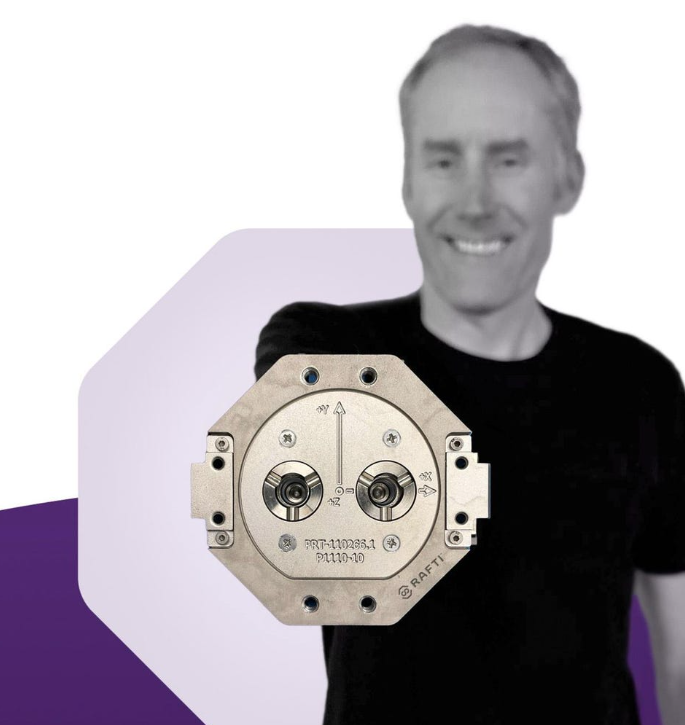
But start-up Orbit Fab wants to end the era of useful satellites being rendered useless by lack of fuel. The company wants to build a network of refueling stations in orbit around the Earth and is already enjoying the support of the US Department of Defense by developing a standard for refueling ports used by satellite manufacturers.
The Colorado-based company confirmed on Monday that it had raised $28.5 million in capital, exceeding its current earnings targets.
For Orbit Fab CEO Daniel Faber, satellite life extension is a natural evolution of SpaceX’s example of bringing reusable rockets to market. “If you don’t have a reusable rocket, you are lost,” he says. “This is the point of view of the industry. In a few years, if you don’t have a refillable satellite, you’re gone too.”

Building infrastructure for refueling satellites is easier in theory than in practice. First, it is difficult to convince manufacturers to invest in refueling capacity without a comprehensive refueling infrastructure. The reverse is also problematic, says space industry analyst Chris Quilty. “It’s a classic chicken and egg problem.”
However, the financial incentive is huge, according to Forbes magazine. Large geostationary satellites supporting infrastructure such as telecommunications networks cost hundreds of millions of dollars.even billions of dollars, and their launch alone can cost tens of millions.
But the fluctuating gravitational pull of the Earth, the Sun, and the Moon is pulling some satellites out of their ideal orbit, and fuel is needed to keep them at their optimum distance from the planet after corrective maneuvers.
Orbit Fab estimates the cost of refueling a satellite at $20 million for 100 kilograms of hydrazine, which helps satellites stay in place longer, extending their “lifespan.”
“If you have an asset in orbit, you should treat it as an asset,” Faber comments, saying that another advantage of the refueling logic is that it is cheaper than launching the same amount of propellant from Earth into space. This means that the satellite does not have to be launched with a full tank of fuel. This will reduce the cost of putting it into orbit, and the fuel can be replenished in space, cheaper.
Since its founding in 2018 by Faber and Jeremy Sill, who were recognized by Forbes in the “30 under 30” category, the company has taken a number of steps to build an in-orbit refueling infrastructure.
Source: Kathimerini
Ashley Bailey is a talented author and journalist known for her writing on trending topics. Currently working at 247 news reel, she brings readers fresh perspectives on current issues. With her well-researched and thought-provoking articles, she captures the zeitgeist and stays ahead of the latest trends. Ashley’s writing is a must-read for anyone interested in staying up-to-date with the latest developments.